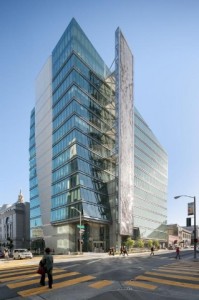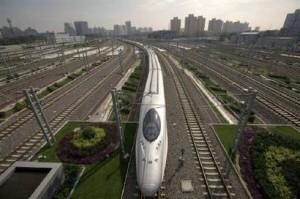
Intersolar North America, the premier solar industry exhibition and conference in North America for solar professionals to exchange information and develop business opportunities in the U.S. solar market, returns July 9-12, 2012, marking its fifth year in San Francisco. This year’s conference program offers attendees a fresh perspective on the companies and technologies that promise to reduce cost, increase yields and further drive the competitiveness of solar power.Co-located with SEMICON West, Intersolar North America 2012 is expected to draw about 850 exhibitors and more than 22,000 registered visitors from more than 80 countries to provide a true global perspective of the solar industry. This year’s event will highlight the technology innovations that are contributing to the growth of the industry through interactive exhibits on the show floor and technical sessions during the Intersolar North America Conference in the Intercontinental Hotel. A full list of speakers and presentations is available online.
As panel prices have fallen, balance of system (BOS) advancements have emerged as a key way to reduce the overall cost per watt of solar. Mounting systems have been a crucial point of innovation, as their complexity greatly impacts the amount of time spent installing PV arrays. More than 130 companies will have the latest in mounting and tracking systems and BOS innovation on display, including Schletter, SolarBridge, SolarEdge, Shoals Technology Group, SMA America LLC and Unirac. A full list of Intersolar North America exhibitors is available online. The Intersolar smart phone app is available for download here, and includes a full list of exhibitors and an exhibition floor map and route planner.
The Innovation Exchange stage and the Practical Point stage will be home to presentations that highlight the groundbreaking technologies on display throughout the exhibition hall. Intersolar AWARD nominees will discuss their innovations in presentations that offer visitors a compact and informative overview of their latest developments at the Innovation Exchange, where the winner of the first-ever Intersolar AWARD for landmark solar projects will be announced during the Award Ceremony on Tuesday, July 10 at 4 PM. Additionally, stages in the PV Production & Technology Hall and PV Energy World will feature free presentations and practical workshops, bringing the total number of exhibition stages to four.







